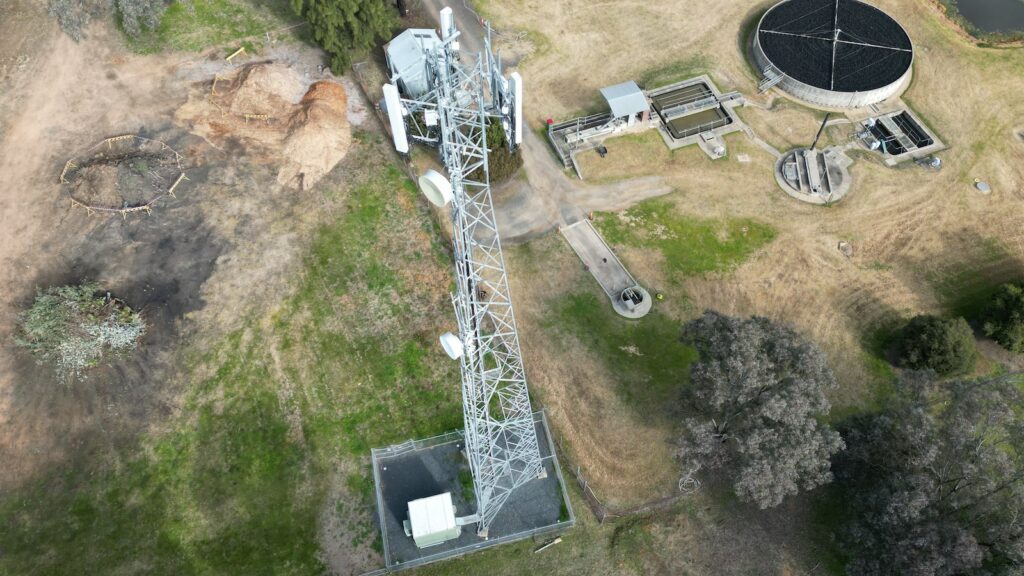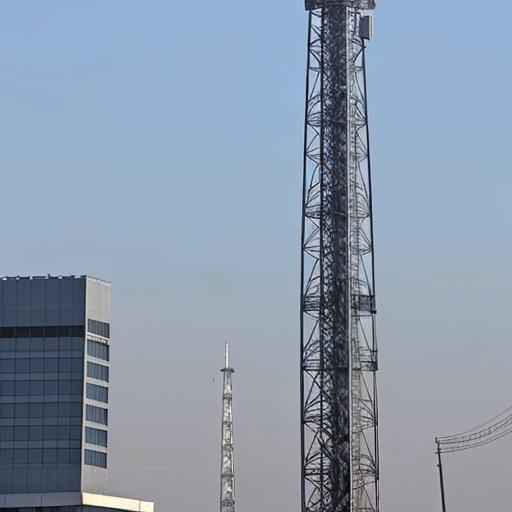As of August 2023, Australia is on the brink of a significant transformation in its telecommunications landscape, as the long-standing 3G networks that have been a cornerstone of phone coverage for decades will be phased out within the next year.
This imminent shutdown, scheduled to commence in December of this year, is expected to have widespread repercussions, affecting millions of devices scattered across the nation.
This development carries a slew of implications that are essential to understand as Australia transitions into this new era of communication technology.
Between December 2023 and September 2024, Telstra, Optus and Vodafone will close their 3G networks to make room for new, faster services. The 3G network shutdown will affect vital equipment and services and the road transport sector is urged to start their transition immediately.
https://www.abc.net.au/news
The 3G network shutdown is set to unfold in a staggered fashion, with various telecommunication companies each having their turn to retire their 3G services. Vodafone is slated to take the initial step, flipping the switch on their 3G network on December 15. Following suit, Telstra will conclude its 3G services by June 30, 2024, while Optus is earmarked to be the final participant in this network transformation, closing the doors on its 3G services in September 2024.

The scope of this transition is substantial, as it’s estimated that around 3 million devices in Australia currently rely on the 3G network. Many of these devices are older models, having persisted for five to six years or more. The ramifications are far-reaching, spanning a spectrum of devices from phones and eftpos machines to cars, tablets, and security cameras. Particularly concerning is the fact that among these devices are an estimated 200,000 medical alarms, raising a significant safety concern for vulnerable individuals who depend on these alarms for urgent assistance.
Amid these developments, concerns have emerged about potential gaps in mobile coverage, particularly in rural areas where access to 4G or 5G networks remains limited. Telstra, however, has made a commitment to provide 4G coverage in all regions currently serviced by 3G before the shutdown. Optus, on the other hand, has not made a similar pledge on its website, while Vodafone asserts that its 4G coverage is comparable in size to its existing 3G offering.
For individuals seeking clarity on the impact of the shutdown on their devices, it’s recommended to directly contact the manufacturer for guidance. Many providers, like Optus, have even compiled lists of the most commonly used devices that will be affected. Proactivity is key, as individuals are urged to address this issue promptly to avoid unexpected disruptions.

In the face of this impending change, the fundamental question arises: What options do users have if their devices are slated to be impacted by the 3G shutdown? The answer lies in the necessity to acquire replacements that are compatible with 4G or 5G networks. While some cases might only require a SIM card switch, others may entail purchasing entirely new devices to stay connected.
This strategic shift away from 3G networks is driven by the changing landscape of communication technology. Once the backbone of mobile coverage, 3G networks have been rendered less relevant in the wake of the proliferation of faster and more robust 4G and 5G networks. Telecommunication providers are now poised to channel the resources previously dedicated to 3G into enhancing and expanding their 4G and 5G coverage, a process commonly referred to as “re-farming.”
This transformation isn’t confined to Australia alone; analogous 3G network shutdowns have taken place or been slated in other countries, including the UK, USA, and New Zealand. As the demand for data continues to surge and technology rapidly advances, this step towards the obsolescence of 3G networks symbolizes a pivotal moment in the ongoing evolution of telecommunications worldwide.


